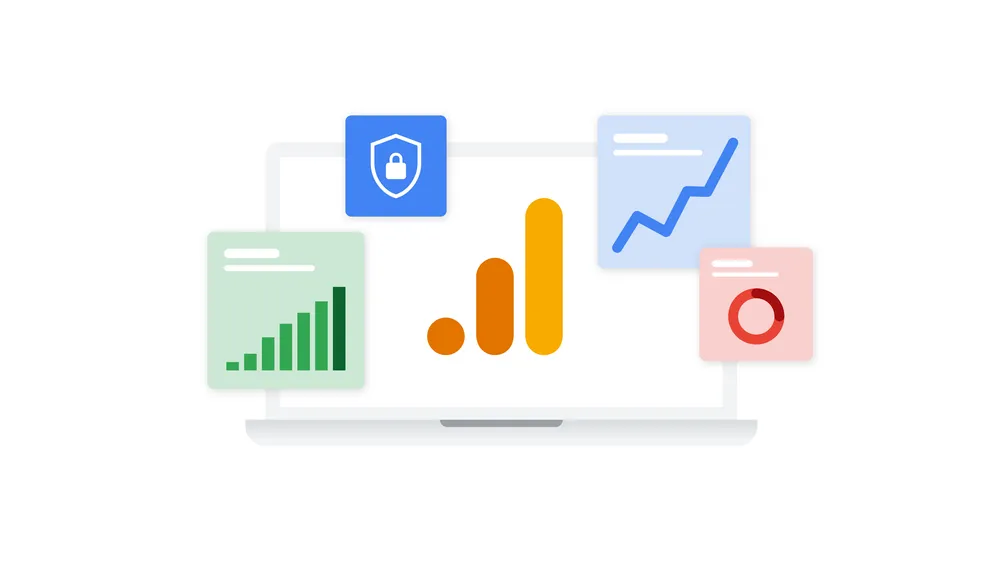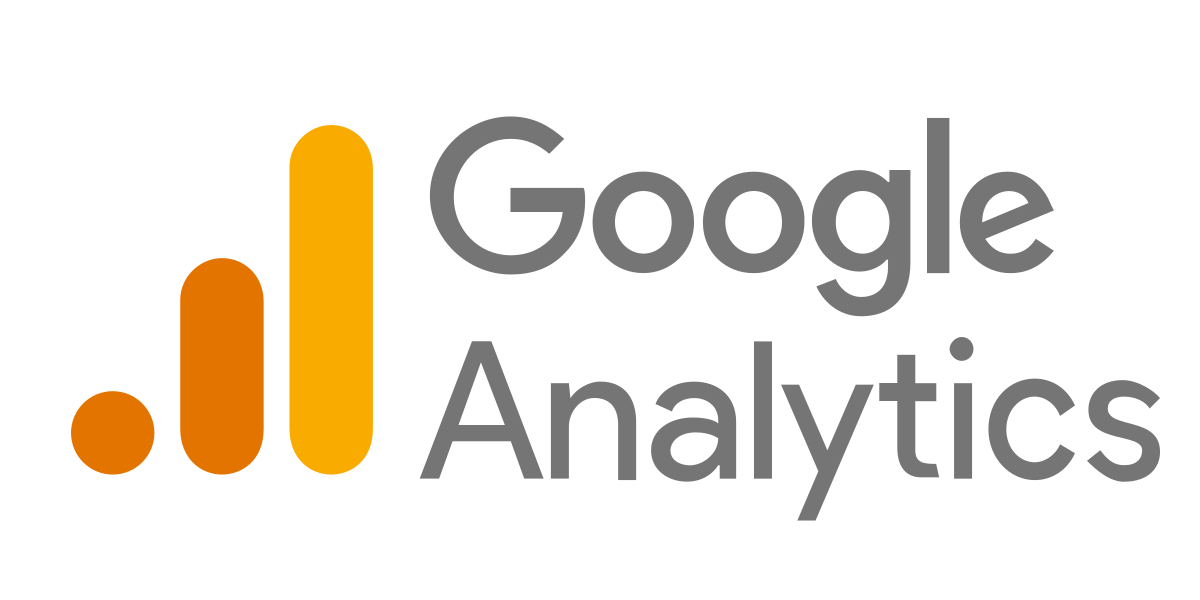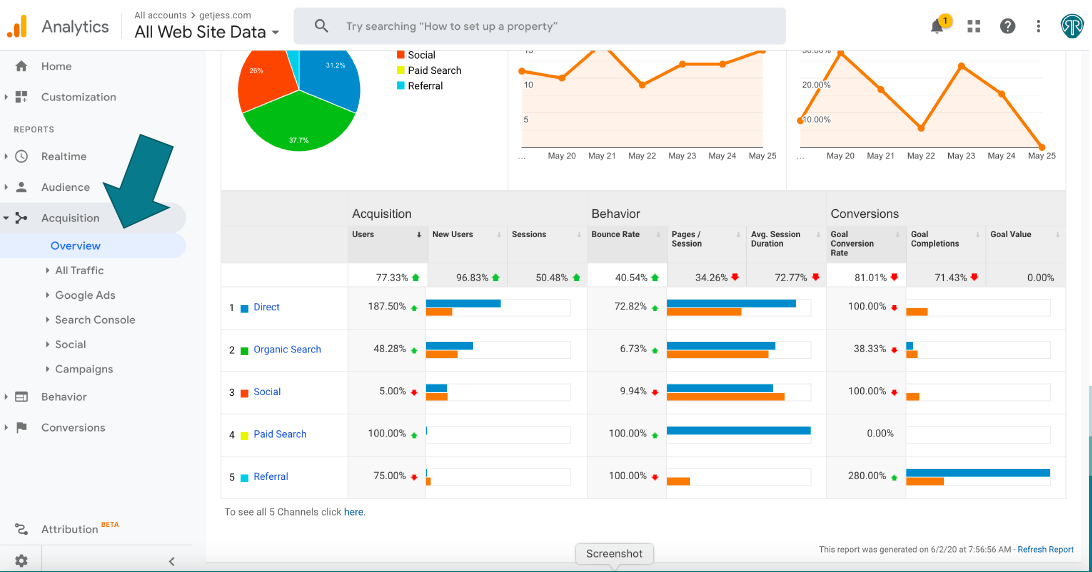Discover When Does the Google Analytics Tracking Code Send an Event Hit to Analytics and Why It Matters
Master Web Site Insights With Accurate Google Analytics Monitoring Code
The efficient utilization of Google Analytics pivots on the exact execution of its tracking code, a basic action typically ignored by web site owners. What are the typical risks that could threaten your tracking initiatives, and how can you ensure accuracy in your technique?
Comprehending Google Analytics Basics
Google Analytics is an important device for website proprietors and marketing professionals, giving invaluable insights right into customer habits and website efficiency. At its core, Google Analytics gathers data regarding visitors to a web site, enabling customers to assess metrics such as website traffic resources, individual engagement, and conversion rates. Comprehending these principles is vital for maximizing a website's efficiency and boosting user experience.
The platform uses cookies to track communications, tape-recording information such as page views, session durations, and bounce rates. This info is aggregated and offered with personalized dashboards, enabling individuals to imagine trends with time. Trick efficiency indications (KPIs) can be kept track of, such as the overall number of customers, new versus returning visitors, and the geographical distribution of the target market.
Moreover, Google Analytics supplies segmentation functions, allowing users to separate certain traffic sources or customer demographics for more targeted analysis. By grasping these fundamental elements, internet site proprietors can make educated choices about material strategy, advertising projects, and total site renovations. Eventually, comprehending Google Analytics fundamentals is vital for leveraging data to drive growth and achieve company objectives effectively.
Establishing Up Your Tracking Code

Replicate the given tracking code and paste it into the HTML of your web site. Ideally, this code must be placed in the header area of every web page you want to track. This guarantees that the monitoring code loads before any type of various other web content, allowing it to record information precisely. There are plugins available that simplify the assimilation process. if you are making use of a content administration system (CMS) like WordPress.
After setup, confirm that the monitoring code is operating correctly by making use of Google Tag Assistant or the Real-Time records in Google Analytics - when does the google analytics tracking code send an event hit to analytics?. This step is important to confirm that your data collection is exact and energetic, establishing the foundation for insightful evaluation
Common Tracking Code Issues
This might occur when the monitoring code is placed in the incorrect area of the website's HTML, usually leading to absent or incomplete information. In addition, having several circumstances of the tracking code on a single page can result in filled with air metrics, as individual communications may be counted a lot more than once.
Another problem occurs from the use of ad blockers, which can stop the monitoring code from performing altogether, therefore skewing information. when does the google analytics tracking code send an event hit to analytics?. Furthermore, failure to set up filters correctly can cause the exclusion of important website traffic resources or the inclusion of unwanted recommendation spam, distorting the data gathered
Web site proprietors may likewise ignore the relevance of tracking code updates, particularly when migrating to Google Analytics 4 (GA4) from Universal Analytics. Lastly, not enough screening prior to introducing adjustments can result in undiscovered mistakes in the monitoring code, even more the original source making complex information integrity. Addressing these usual issues is vital for making sure exact tracking and informative analytics.
Studying Internet Site Information Efficiently
Precise information collection is just the primary step in leveraging Google Analytics; the actual worth depends on efficiently analyzing that information to drive informed decision-making. To attain this, it is necessary to recognize key efficiency indications (KPIs) that straighten with your service goals. Emphasis on metrics such as conversion prices, individual involvement, and web traffic resources, as these will supply understandings into individual you can try here habits and the overall efficiency of your internet site.
Making Use Of Google Analytics' division attributes enables for a much deeper understanding of your target market. By breaking down information into certain demographics, actions, and traffic networks, you can reveal patterns and patterns that inform targeted approaches. Carrying out customized records and control panels can enhance this process, enabling quick access to significant data.
Additionally, routinely reviewing information patterns gradually this link helps to determine anomalies and opportunities for improvement. Utilize visualization tools to existing data in a conveniently digestible layout, facilitating much more reliable interaction with stakeholders. Inevitably, the capability to evaluate site data efficiently equips organizations to make calculated choices that boost user experience, optimize advertising initiatives, and drive growth.

Ideal Practices for Accurate Monitoring
Applying efficient tracking methods is crucial for acquiring reputable data in Google Analytics. To guarantee precise monitoring, begin by correctly setting up the Google Analytics tracking code on every web page of your web site. This can be accomplished through a tag supervisor or by straight embedding the code into the HTML.
Next, configure your Google Analytics account to leave out interior traffic. This can be done by establishing up filters that recognize and get rid of visits from your company's IP address, thus preventing manipulated information. In addition, use event tracking to keep track of specific user communications, such as downloads or video plays, which standard page views may overlook.
Routinely examine your tracking configuration to verify that all attributes, such as objectives and ecommerce monitoring, are operating effectively. Establish a consistent identifying convention for your events and campaigns to promote less complicated coverage and analysis.
Finally, take into consideration leveraging UTM criteria for projects to obtain understandings right into the efficiency of different advertising efforts. By adhering to these finest practices, you can boost the accuracy of your information collection and evaluation, eventually causing even more informed decision-making for your site.
Final Thought
By making sure the tracking code is correctly placed and on a regular basis examined, website owners can record important customer interaction data, thus promoting the recognition of crucial efficiency indicators. Eventually, a durable tracking framework improves the ability to drive involvement and boost general website efficiency.

Insufficient screening prior to introducing modifications can result in unnoticed errors in the monitoring code, further making complex information reliability.Applying reliable tracking methods is critical for obtaining trustworthy data in Google Analytics. By ensuring the monitoring code is appropriately positioned and regularly audited, internet site owners can record crucial customer interaction data, thus promoting the identification of crucial efficiency indications.